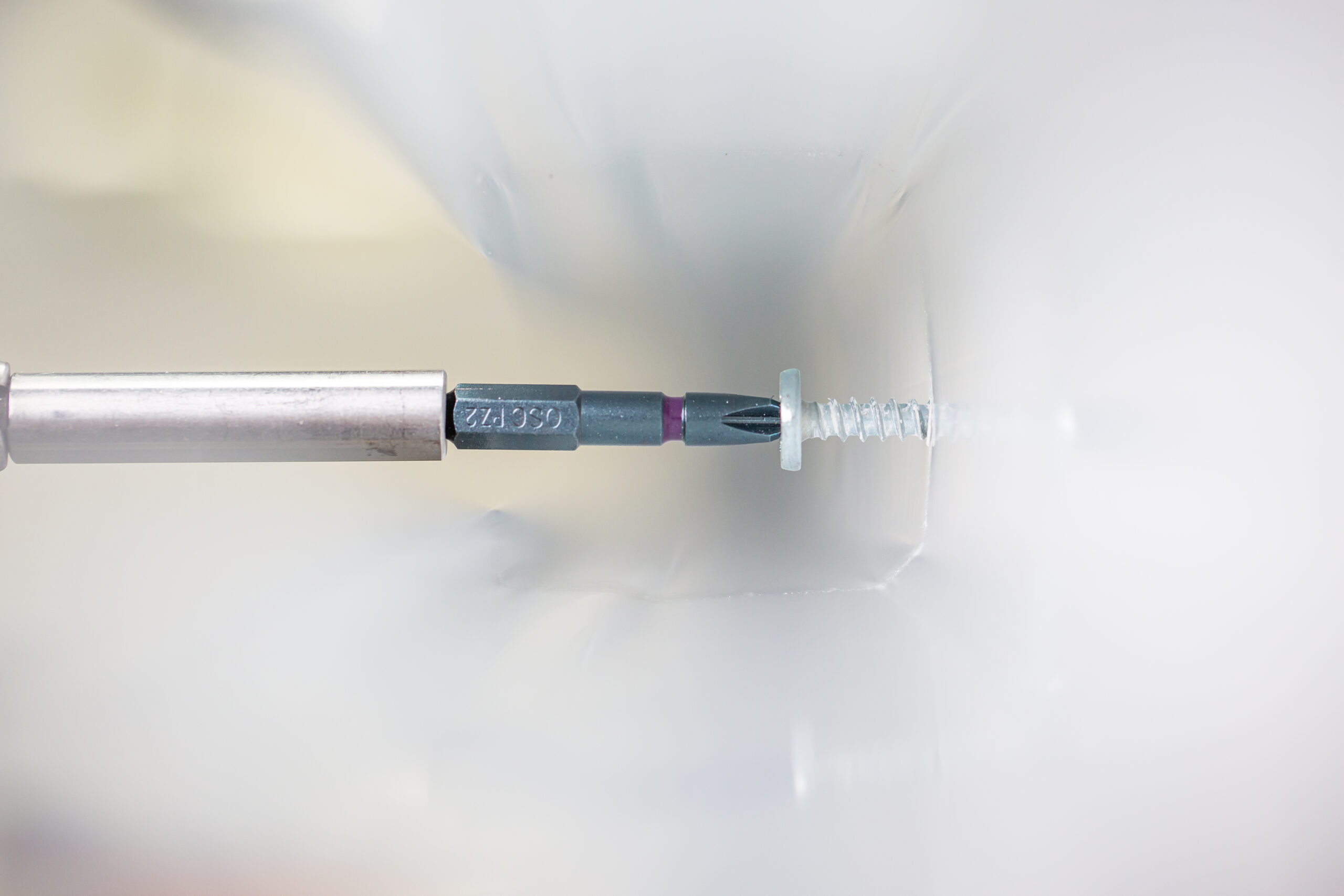
We ask the Orbix expert: Should you use self-tapping or self-drilling screws for your next project?
Ask the difference between self-drilling and self-tapping screws and even some of the most knowledgeable sparkies won’t be able to give you an immediate answer. We sat down to explore the differences between the two types of screws and find out which is the best option for your next project.
What’s the difference between self-drilling and self-tapping screws?
AA: People regularly confuse self-tapping and self-drilling but there’s a fairly major difference: self-drilling screws drill their own pilot holes whereas self-tapping screws do not.
Both types of screw can tap their own threads but, generally speaking, a self-drilling screw will have a higher thread count than a self-tapping screw. It’s worth noting that self-tapping screws can drill their own threads but cannot drill through hard objects like metal.
Can self-drilling and self-tapping screws be used interchangeably?
AA: Self-drilling screws are all self-tapping but not all self-tapping are self drilling! So no, the two cannot be used interchangeably and if you opt for self-tapping when you in fact, need self-drilling, you may find yourself in trouble.
Is it exactly the same process for using self tapping and self drilling?
AA: No, self-tapping screws will save you time over traditional screws but self-drilling screws actually cut out an additional couple of steps. Here’s how to use them:
| How to use self-tapping screws | How to use self-drilling screws |
|
|
What are the benefits of self-tapping screws?
AA: Self-tapping screws are great. They cut their own thread. No pre-drilling is required, and less mess is made. They also create a more precise and secure thread which makes for a stronger hold.
What are the benefits of self-drilling screws?
AA: All self-drilling screws are self tapping so have the benefits I just mentioned but in addition to this, they feature a drill bit shaped point so can cut through metal and harder materials. They don’t require pilot holes which accelerates installation time and lowers the cost and need for additional drill bits.
I’m working with thick steel, which screws should I use?
AA: We’d recommend a heavy duty screw like the Orbix Heavy Duty Self-Drilling screw. It’s designed to drill through steel up to 3.5mm thick so is perfect for joining cable trays or trunking as well as fixing earth tags to galvanised trunking/boxes.
I’m working with wood but need my screw to be flush to the woodwork. Which screw should I use?
AA: We’d recommend a countersunk screw like the pozi drive countersunk twinthread wood screw. It’s specially designed for faster threading and offers strong and reliable fixings for wood and wallplugs.
I’m working with wood and metal – can I use one type of screw?
AA: We’d recommend using the right screw for the material you’re working with. The Orbix HD selection pack offers a wide selection including low profile head metal and Orbix Multi-wood screws as well as countersunk and pan head self-drilling screws.


